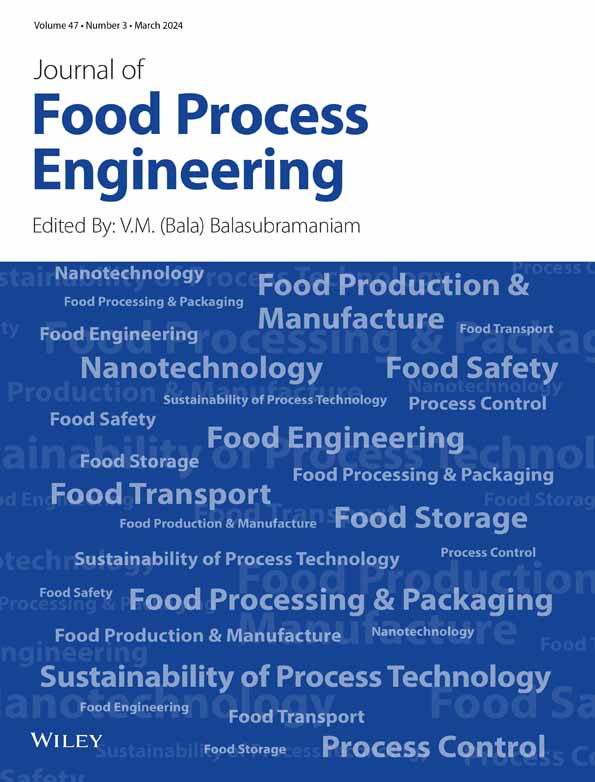Online detection of eggshell cracks using adaptive light-source intensity
Abstract
Under the fixed light source intensity (LSI), eggshell thickness difference results in excessive exposure or darkening in imaging, which affects the accuracy of crack identification. To optimize it, a solution involves the utilization of an innovative adaptive light source for optical imaging is proposed. A multi function station is adopted. Among them, one station serves as a reference workstation is utilized to obtain the average grayscale value of the eggs image. The other sub stations serve as detection workstations to acquire and detect the panoramic images of the eggshell. By using the red component average grayscale as a reference to adjust the LSI in the remaining sub stations, imaging consistency is effectively. Moreover, a dual threshold segmentation algorithm was developed to attenuate the dark spot, thereby improving crack detection. Experiments results demonstrating the proposed method significantly improving the detection accuracy of non microcracked eggs while achieving approximately 90% and 92% detection accuracy for intact and cracked eggs, respectively.
Practical Applications
There are a few studies on the consistency of light for eggs, and in actual online detection, the light source is often set to a fixed light intensity value, which can lead to overexposure or over-darkening of the egg image due to variations in the eggshell thickness, and both overexposed and over-darkened images will result in decreased accuracy of crack recognition. This study designed and built an online detection system for eggshell cracks based on variable light intensity. Therefore, the system not only can help to improve the crack recognition rate of poultry eggs and improve their quality but also would help to promote the development of the commercialization of poultry eggs, which has a broad application prospect.
CONFLICT OF INTEREST STATEMENT
The authors declare no conflicts of interest.
Open Research
DATA AVAILABILITY STATEMENT
The data that support the findings of this study are available from the corresponding author upon reasonable request.




